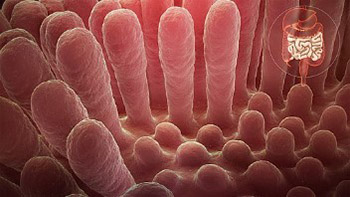Thymic stromal lymphopoietin levels are increased in patients with celiac disease
DOI:
https://doi.org/10.17305/bjbms.2019.4016Keywords:
Celiac disease, thymic stromal lymphopoietin, gluten-free dietAbstract
Thymic stromal lymphopoietin (TSLP) is a cytokine produced by epithelial cells in the lungs, skin, and intestinal mucosa and is involved in several physiological and pathological processes. In this study, we evaluated serum TSLP levels in patients with celiac disease (CD). The prospective study was conducted at a gastroenterology outpatient clinic between March 2018 and August 2018. Eighty-nine participants aged between 18 and 75 years were classified into following groups: 22 patients with newly diagnosed CD; 20 patients with CD who were compliant with a gluten-free diet (GFD); 32 patients with CD who were not compliant with a GFD; and 15 healthy controls. Demographic characteristics, disease duration, and selected biochemical and hematologic parameters were recorded and compared between groups. Median serum TSLP levels were 1193.65 pg/mL (range: 480.1–1547.1) in newly diagnosed CD patients, 110.25 pg/mL (range: 60.3–216.7) in CD patients who were compliant with a GFD, 113.1 pg/mL (range: 76.3–303.4) in CD patients who were not compliant with a GFD, and 57 pg/mL (range: 49–67.8) in healthy controls. Overall, there was a significant difference in serum TSLP levels between groups (p = 0.001). Patients with newly diagnosed CD had the highest serum TSLP levels. There was no significant difference in serum TSLP levels between patients with CD who were and were not compliant with a GFD. TSLP appears to be involved in the pathogenesis of CD. Further studies are required to determine if the TSLP signaling pathway can be used in the treatment of CD.
Citations
Downloads

Downloads
Additional Files
Published
Issue
Section
Categories
How to Cite
Accepted 2019-02-10
Published 2019-08-20









